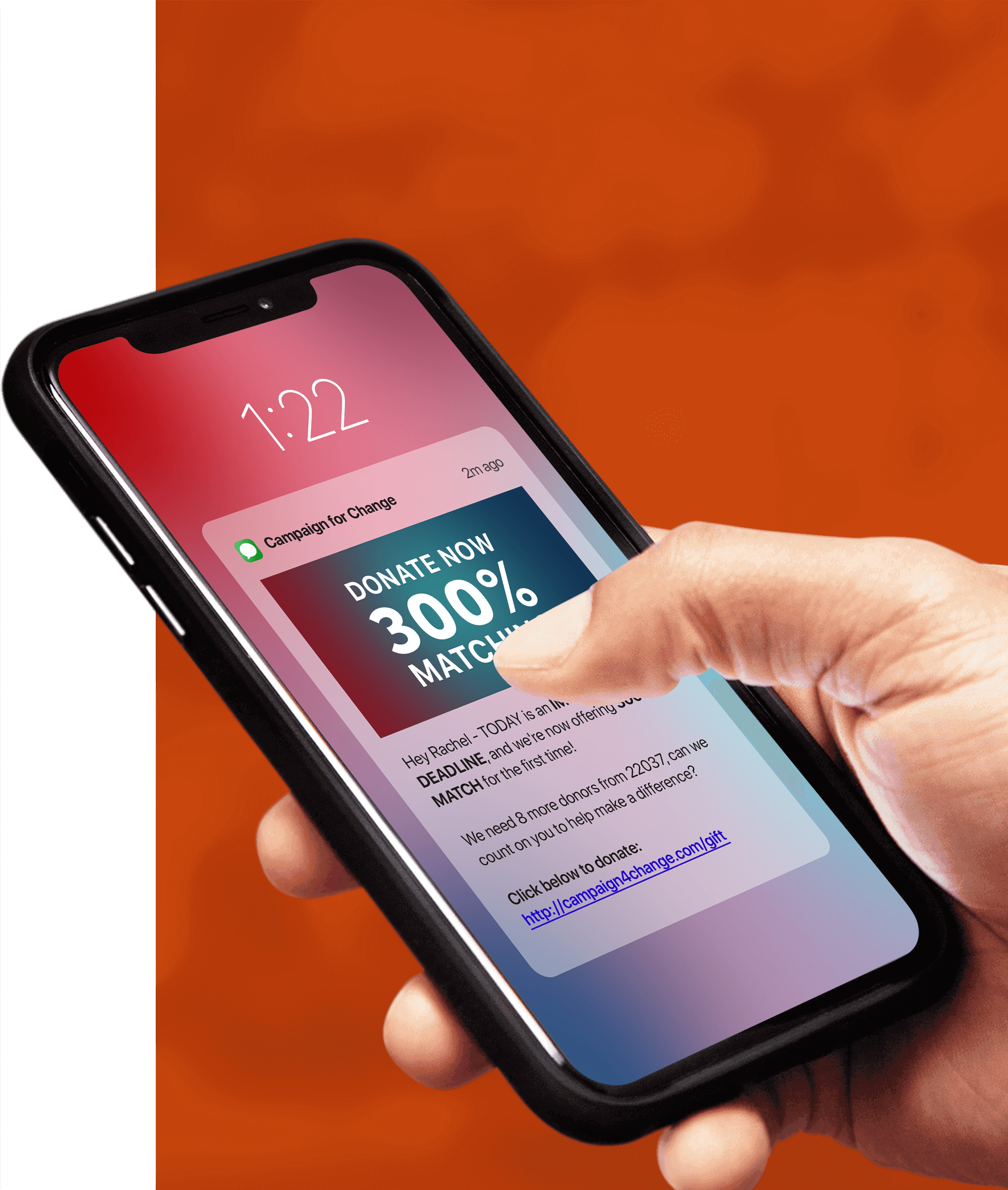Tatango is a text messaging platform specifically built for fundraising.
We empower nonprofit organizations to send highly personalized and engaging text messages with a simple click. With unrivaled delivery speeds and 99% open rates, we help nonprofits reach their fundraising goals.
To learn more about Tatango, please select one the options below:
Nonprofit Text Messaging
Text to Give
SMS Short Codes
Nonprofit Texting Explained

